The global shift toward smarter, more sustainable power systems is underway, with the Load Break Switch (LBS) playing a critical role amid steady growth and expanding applications worldwide. As a bridging technology between circuit breakers and isolators, LBS is a key component in medium-voltage (10kV–35kV) distribution networks, delivering cost-effective load switching and isolation. It is essential for branch lines, renewable energy connections, and industrial facilities. Beyond its traditional mechanical function, LBS is a cornerstone of modern power networks. Now, IoT integration is unlocking new value for LBS, and Bivocom—a leader in industrial IoT solutions—offers purpose-built devices that transform LBS into intelligent, data-driven components of connected power systems.
A load break switch is a critical power system component designed to safely disconnect circuits under load conditions—meaning it can handle normal operating currents without relying on a fully de-energized line. Unlike circuit breakers (engineered to interrupt short-circuit currents), it focuses on controlled switching and isolation for medium-to-high voltage systems (typically 10kV–35kV).
Load break switches come in three primary variants, each tailored to specific environments and needs:
- Vacuum Load Break Switches: The most common type, offering clean arc quenching and low maintenance. Ideal for urban grids and industrial settings.
- SF6 Load Break Switches: Use sulfur hexafluoride for insulation, excelling in high-altitude or harsh conditions. Increasingly replaced by eco-friendly alternatives.
- Eco-Friendly Load Break Switches: Emerging as a sustainable option, using dry air or nitrogen instead of SF6 to align with global net-zero goals.
Regardless of type, LBS serves four essential roles in power systems:
- Circuit Isolation: Creates a visible disconnect point for safe maintenance and repair.
- Load Transfer: Switches power between sources (e.g., grid and backup generators) without downtime.
- Minor Overload Handling: Works with fuses to manage small overloads, preventing widespread outages.
- System Control: Regulates power flow to optimize grid performance and support renewable integration.
LBS is ubiquitous across power-dependent sectors:
LBS stands out for balancing functionality and cost: simpler in design than circuit breakers yet more versatile than isolators, it’s the preferred choice for managing power feeders, transformer connections, and branch circuits. Its key strengths include:
- Cost-effectiveness: 30–60% more affordable than circuit breakers, making it ideal for secondary or branch circuits.
- Space-saving design: Compact enough to fit in tight enclosures like ring main units (RMUs) and modular substations.
- Long-lasting reliability: Boasts a mechanical life of 10,000+ operations, minimizing maintenance and replacement costs.
- Seamless IoT integration: Inherently compatible with sensors and communication devices, enabling easy smart upgrades.
This combination of practicality and adaptability has transformed it from a standalone mechanical component to a data-rich node that drives smarter grid decision-making.
IoT integration has transformed LBS from a passive device to a grid enabler—these global projects highlight its impact:
In Finland’s Arctic regions, extreme cold and remote locations made manual load break switch (LBS) inspections challenging and fault response slow. Ensto addressed this by integrating LBS with LoRa-based IoT technology, enabling remote monitoring and automatic fault isolation. The solution enhanced grid reliability by minimizing service disruptions, even in harsh climatic conditions.
In China’s Zhejiang Province, the growth of renewable energy created the need for real-time load balancing and grid flexibility. IoT-connected LBS paired with 5G power private network resolved this by enabling precise, remote load management and peak-demand regulation. This integration optimized grid stability and reduced the need for costly infrastructure expansions.
For Indonesia’s remote island communities, off-grid solar-diesel hybrid systems faced challenges with monitoring and safe power switching. Low-power IoT modems integrated with LBS provided a solution, allowing centralized remote control of power flow and mitigation of safety hazards like islanding. The approach reduced reliance on on-site maintenance and improved power supply consistency across isolated areas, aligned with regional electrification initiatives supported by international development partners.
Bivocom industrial IoT devices turn Load Break Switches (LBS) from basic mechanical components into intelligent grid assets. They solve three key challenges: real-time data processing in harsh environments, reliable long-distance connectivity, and cost-effective legacy infrastructure integration. Our solutions make LBS smarter, more durable, and cut maintenance costs while boosting grid reliability.
The TG452 is the core of modern LBS operations—ideal for smart substations, renewable microgrids, and industrial facilities. It transforms static switches into dynamic grid components with its 32-bit ARM Cortex A7 processor (528MHz). It delivers real-time edge data analysis, slashing response time to LBS anomalies from minutes to milliseconds.
Why It Works for LBS:
- Rich Connectivity: 4 RJ45, 3 RS485, and 2 RS232 ports directly connect to LBS controllers and sensors. No extra converters needed for complex setups.
- Global Cellular Support: Works with 4G LTE CAT6/CAT4, 3G/2G, LTE CAT M1, and NB-IoT networks for versatile deployment.
- Edge Intelligence: Processes LBS data (current, temperature, switch position) locally. Only sends actionable insights to the cloud, cutting bandwidth.
- Local Storage: 256MB DDR3 memory and 256MB Flash (extendable to 1GB) support on-site data backup. Micro SD slot accepts cards up to 32GB.
- Dual Redundancy: Dual SIM failover and load balancing ensure uptime.
- Extreme Reliability: Operates from -35°C to +75°C with 5-35V DC input. Thrives in harsh outdoor switchyards and factory floors.
The TG501 redefines connectivity for isolated LBS—perfect for rural power grids, island electrification, and remote wind farms. Extending cellular or fiber here is costly or impractical. Its LoRa technology (850-931MHz/410-490MHz options) offers 10km open-air range without grid power.
Why It Works for LBS:
- Self-Sufficient Operation: Idle current ranges from 20-45mA@12VDC. Supports solar-powered LBS for 5+ years of maintenance-free use.
- Industrial Durability: IP67 protection ensures reliability in flooded rural switchboxes, dusty wind farms, and saltwater-exposed islands.
- Direct Integration: 4 digital inputs monitor switch position and faults. 2 optional relays enable remote operation, cutting on-site visits.
- Flexible I/O: Optional pulse input, 3 analog inputs, and 12V/1A power output (with overcurrent protection) adapt to diverse LBS sensors.
- Secure Transmission: AES encryption protects sensitive LBS data, preventing tampering and meeting grid security standards.
The TD210 revitalizes aging LBS in municipal grids, traditional switchyards, and commercial/industrial parks. It adds affordable IoT connectivity without full equipment replacement. This compact modem (208g) turns legacy Modbus-enabled LBS into smart assets in minutes.
Why It Works for LBS:
- Plug-and-Play Retrofit: A single RS485/RS232 connection integrates with existing LBS controllers. Avoids downtime and replacement costs.
- Multi-Protocol Support: Handles Modbus RTU, MQTT (including Modbus-to-JSON conversion), TCP/UDP, and transparent transmission.
- Dual Control Modes: Supports AT commands and SMS for remote LBS management, even without IP connectivity.
- Redundant Data Backup: Sends data to up to 5 simultaneous data centers for comprehensive LBS monitoring.
- Wide Voltage Tolerance: Operates on 5-35V DC power. Adapts to unstable supplies in aging industrial facilities.
- Rugged Design: IP30 protection and metal housing withstand harsh switchroom environments.
Bivocom LBS IoT solutions deliver a holistic, future-ready ecosystem for seamless smart grid integration. All three devices share a common software platform with standardized APIs, enabling smooth interoperability in mixed deployments—from urban substations (TG452) to rural LBS (TG501) and legacy retrofits (TD210). Built on an open OpenWRT architecture, they support customization via Python, Node-RED, or C/C++ to address specific use cases like anti-islanding or predictive maintenance. Designed for long-term value, each device offers hardware and software flexibility to accommodate future upgrades (e.g., 5G, AI analytics), protecting your investment as grid technology evolves. Backed by industrial-grade reliability—10+ year service life, and optional extended warranties up to 5 years—Bivocom’s solutions match the rugged lifecycle of LBS equipment, ensuring consistent performance in demanding power distribution environments.
Bivocom leverages over a decade of industrial IoT expertise and a presence in
90+ countries, empowering smart power distribution through tailored Load Break Switch (LBS) IoT solutions. We address core LBS challenges—
connectivity gaps in remote/harsh environments, legacy equipment obsolescence, inefficient manual maintenance, and real-time data scarcity—for utilities, grid operators, and industrial energy managers. Our integrated offering combines rugged hardware (
GNSS/LoRa/5G routers, gateways, and RTUs),
IoT/EMS cloud platforms, and scenario-specific
sensors, secure communication protocols, and seamless cloud integration, transforming static LBS into intelligent, data-driven grid nodes aligned with global sustainability goals. Core Strengths:
- Scenario-Flexible: Tailor solutions for urban/rural LBS deployments, renewable grid connections, and legacy switch retrofits.
- Plug-and-Play Intelligence: Unify real-time LBS data collection, edge analytics, and secure remote control for proactive grid management.
- Rugged Reliability: Deliver industrial-grade hardware built for LBS’s long lifecycle and harsh environments.
Ready to Modernize Your LBS Infrastructure?
Bivocom delivers reliable, cost-effective LBS IoT solutions to boost grid efficiency, enhance outage resilience, and streamline renewable integration. Contact
[email protected] for a free customized assessment—building connected LBS systems that power your smart energy future.

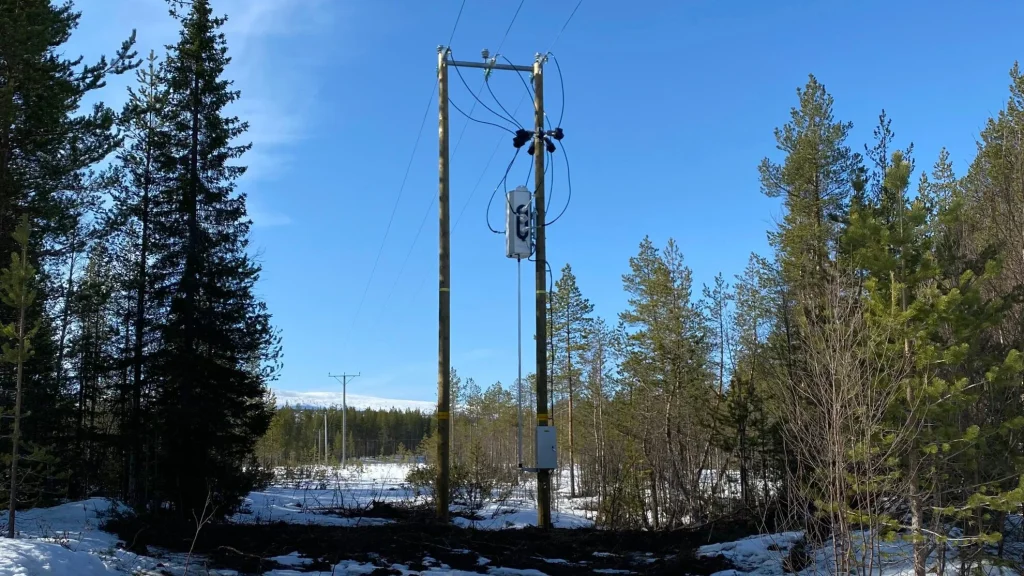



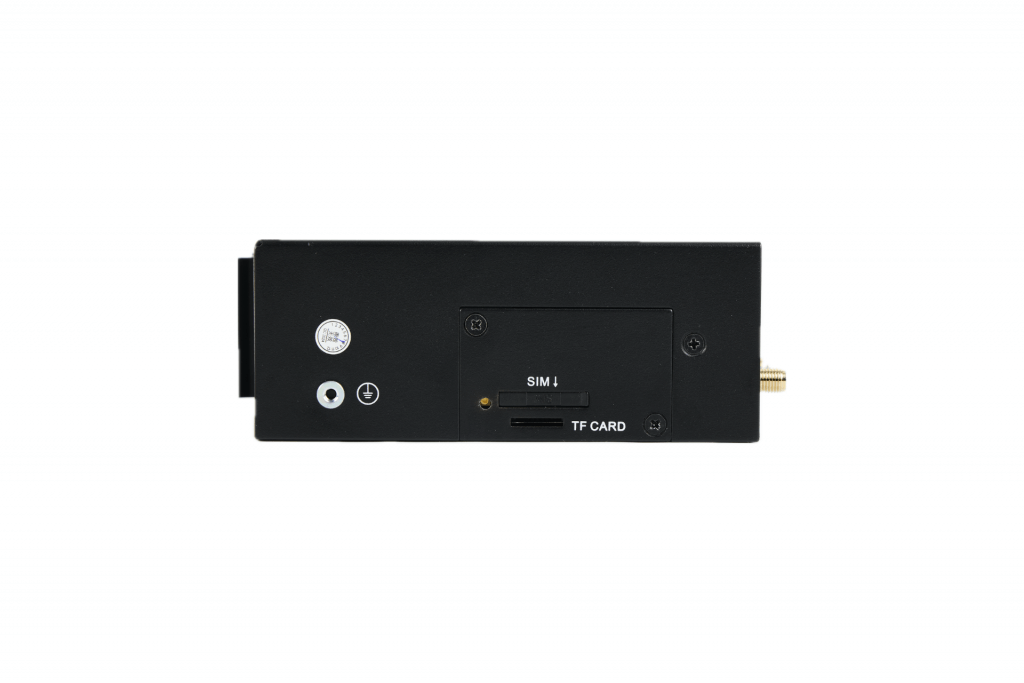


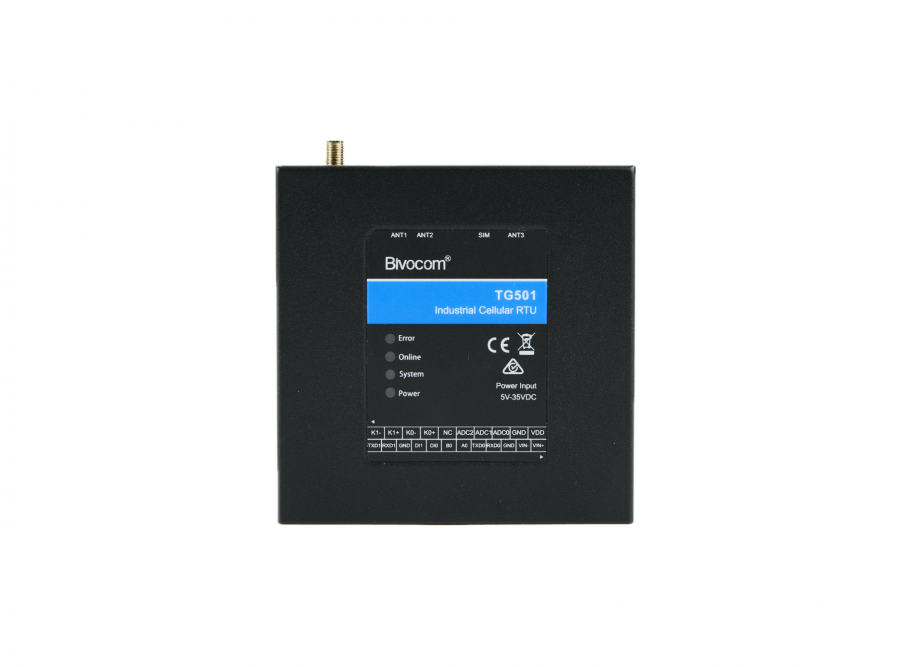
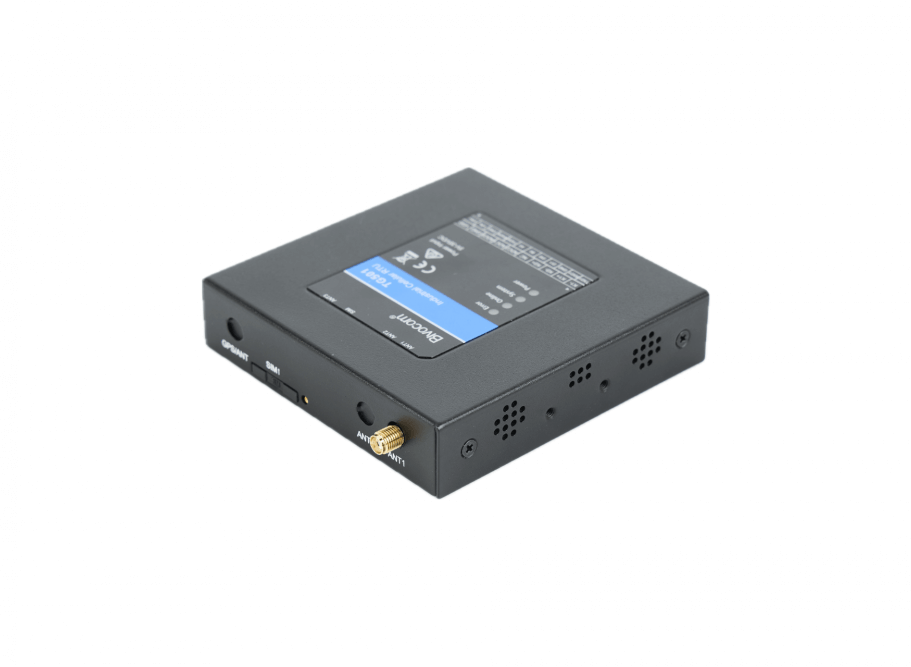

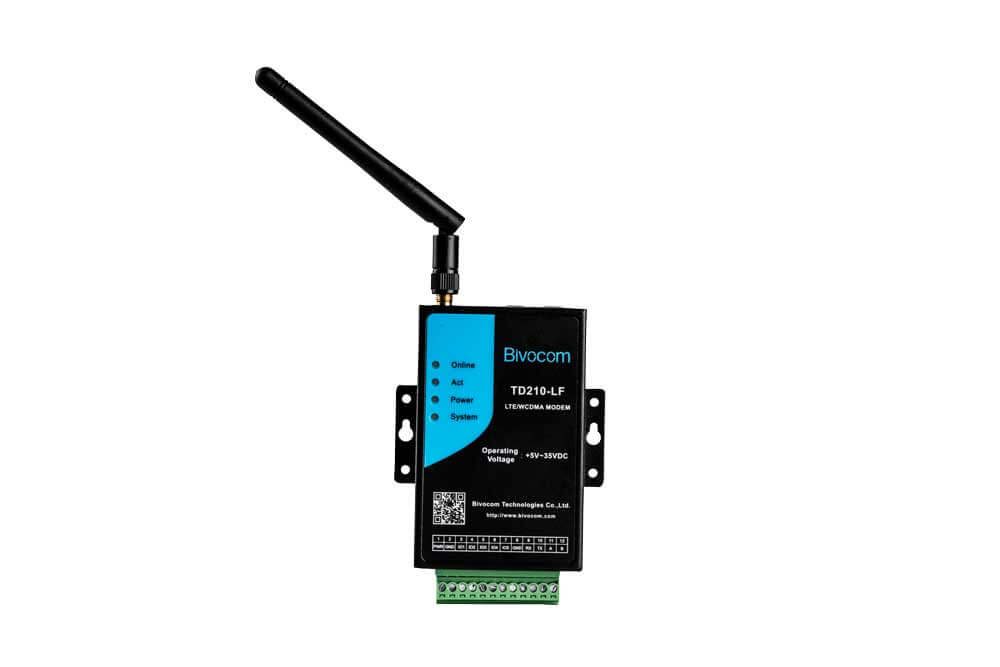
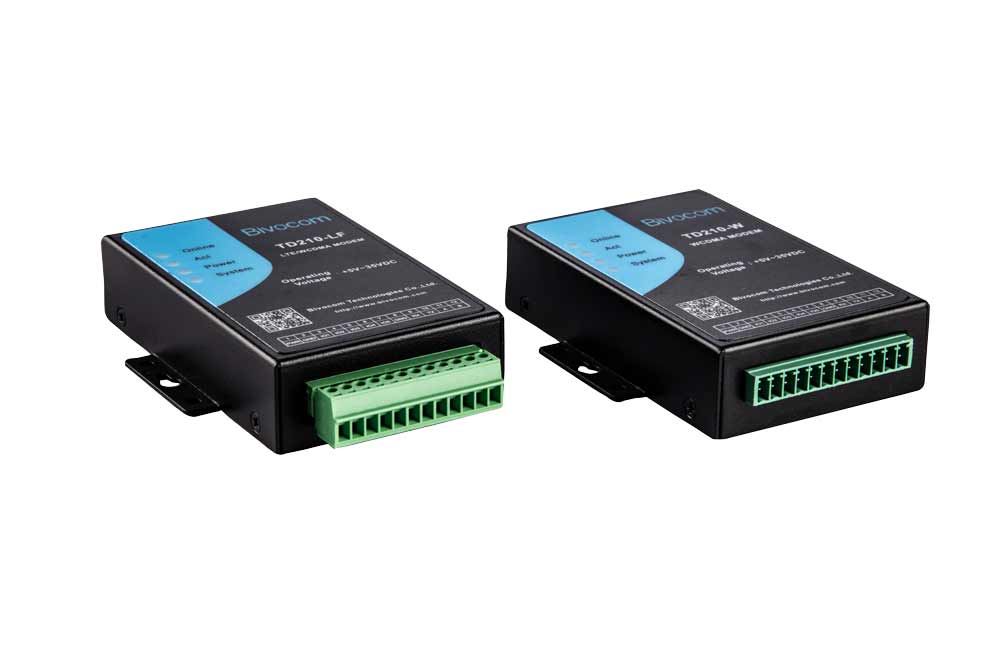


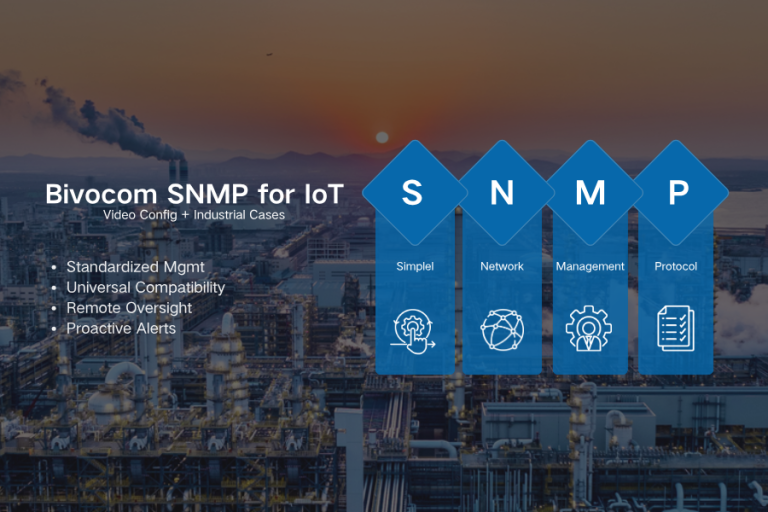

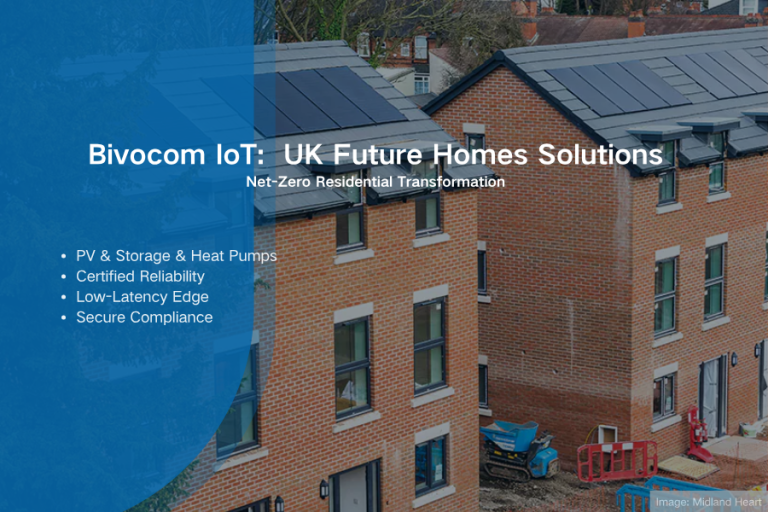
Comment